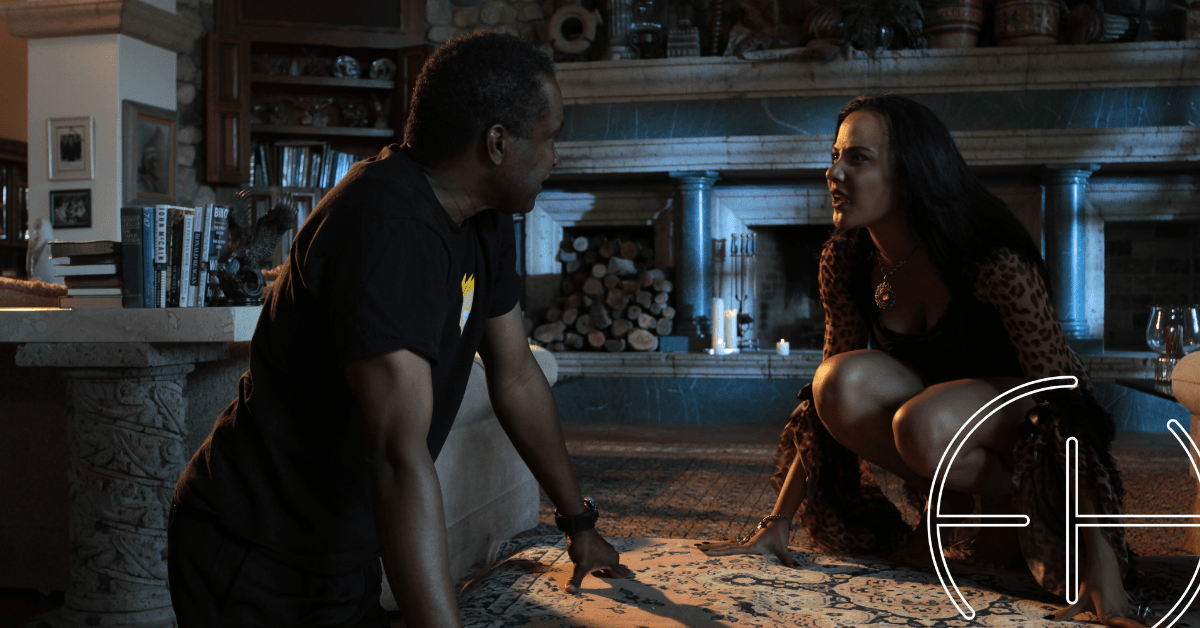A Cinematographer's Guide to Making Great Work: Elias Acosta's Tips and Suggestions
TIP #1 – The importance of an external recorder
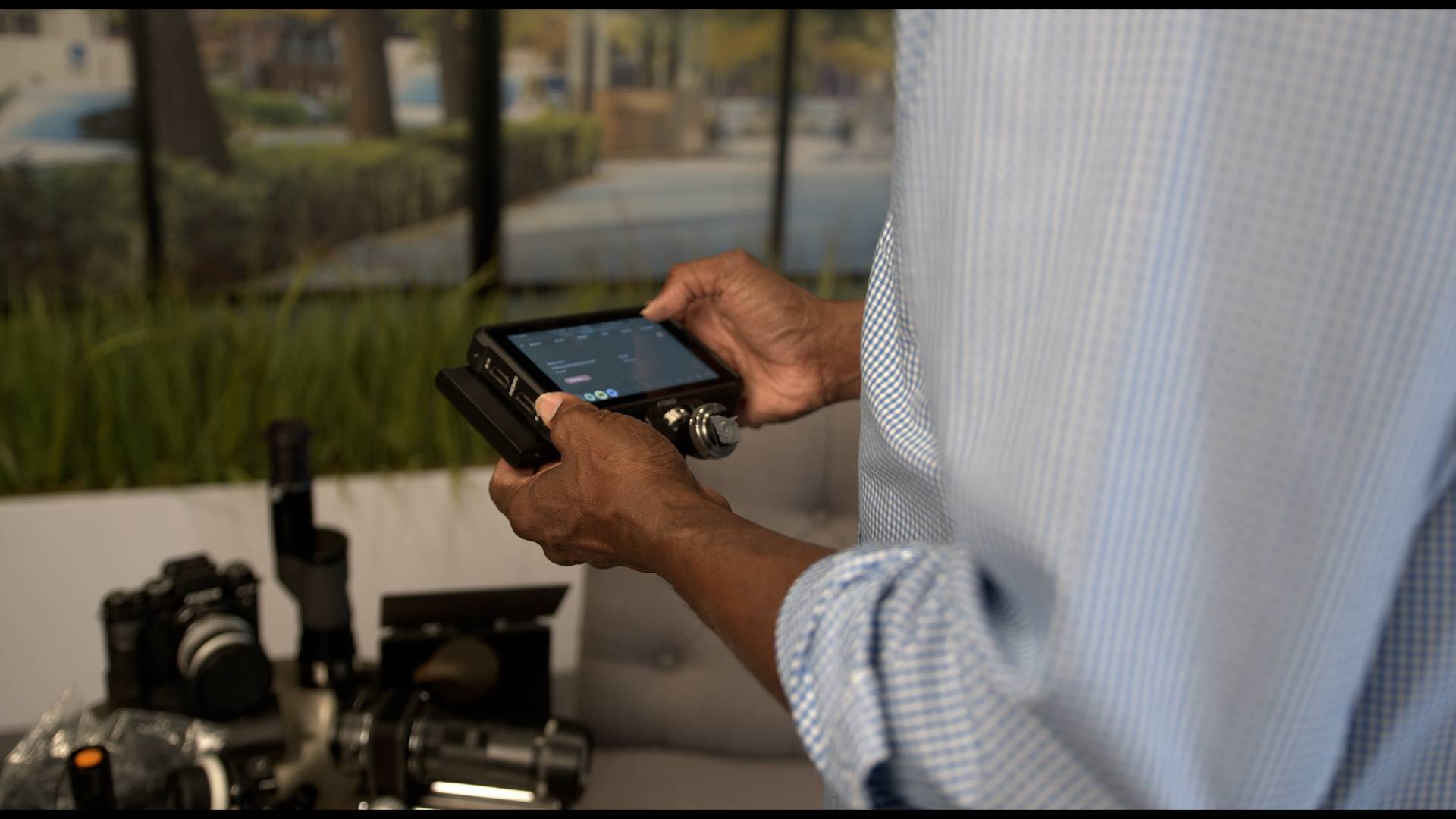
TIP #2 – Build your camera
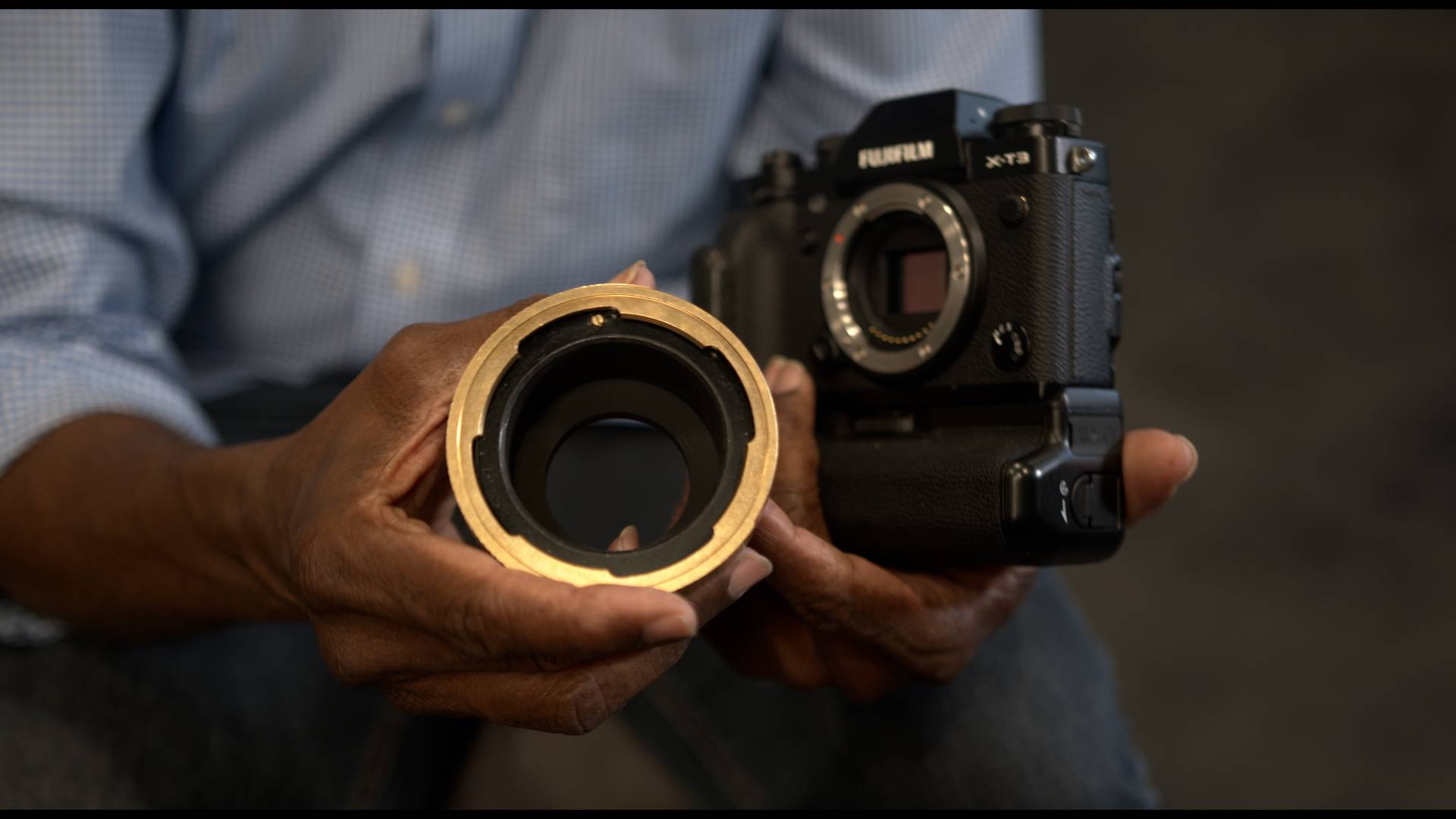
The barrier for entry into cinematography continues to decrease with the coming of better technology and reduced costs.
Aspiring camera operators can build their cameras to handle different assignments with a bit of investment and patience.
For beginners choosing where to start, Elias recommends purchasing a PL Mount.
“Lenses are the key to great images. Let’s say you don’t have a lot in your budget. I only have a DSLR or a 4k – I don’t have much more. But what you can do with a PL Mount is rent a set of primes. So there’s a solution for a credible image.”
Cinematographers can do a variety of shots with a PL Mount because it offers access to various lenses.
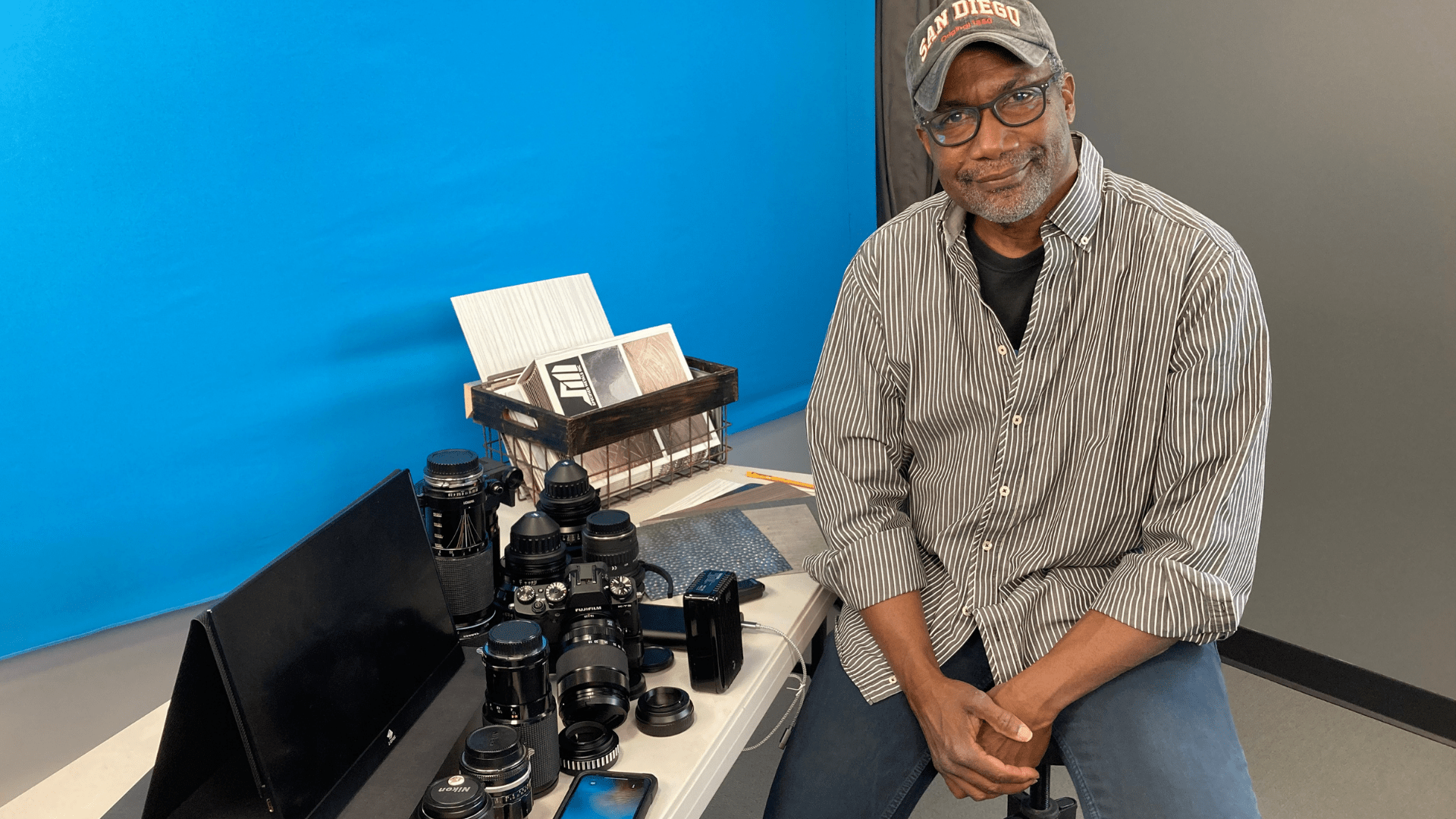
“So many gadgets that you have now are inexpensive and accessible. Grab your camera and go and shoot. Somebody’s going to notice the kind of work you’re doing and do it seriously. Don’t do it just for the fun of it or anything, have fun doing it, but take it seriously.”
TIP #3 – Filters & matte box
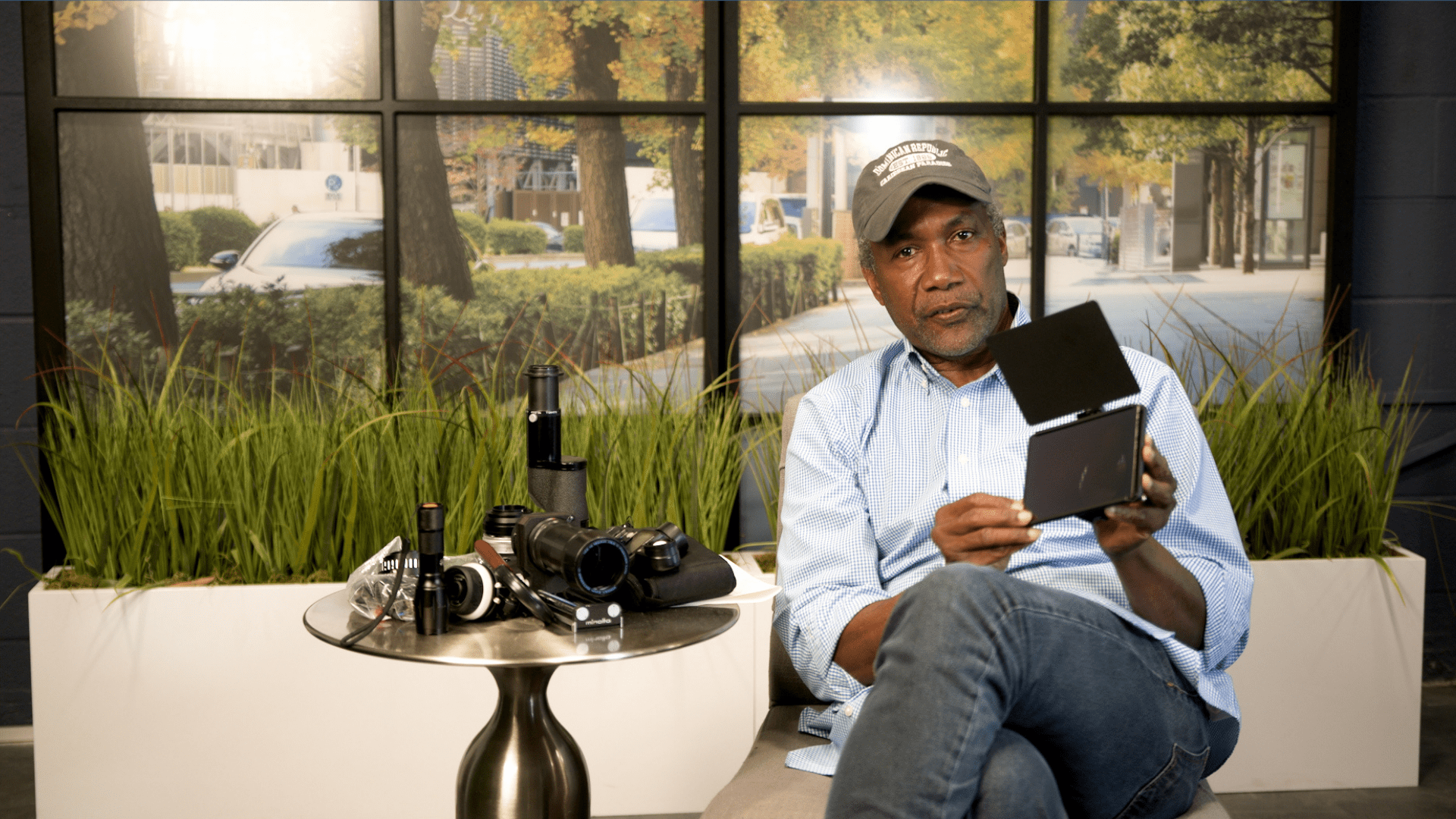
Learning to use a matte box and filters can be a daunting task for cinematographers.
Filters and matte boxes help cinematographers control light, cut flares, and adjust exposure.
“Practice, and learn how to cut out flares and properly use filters to capture the best quality footage you can.”
Every filter serves a different role and function, and the best way to improve is by practicing and experimenting with the additional filters included with your matte box.
A cinematographer cannot control the light and adjust its exposure without the use of filters. Filters are an important cinematographic effect that cinematographers can use to modify their shots. The type of filter used is dependent on what the cinematographer is trying to achieve, and they come in different colors, strengths, and densities.
Some cinematographers also make their own filters, and the best thing about them is that they can be mobile.
Matte boxes are also essential tools for cinematographs because it allows them to cut out flares from the sun or a light source shining into the lens, which could change how cinematography looks.
Tip #4 – Exposure is everything
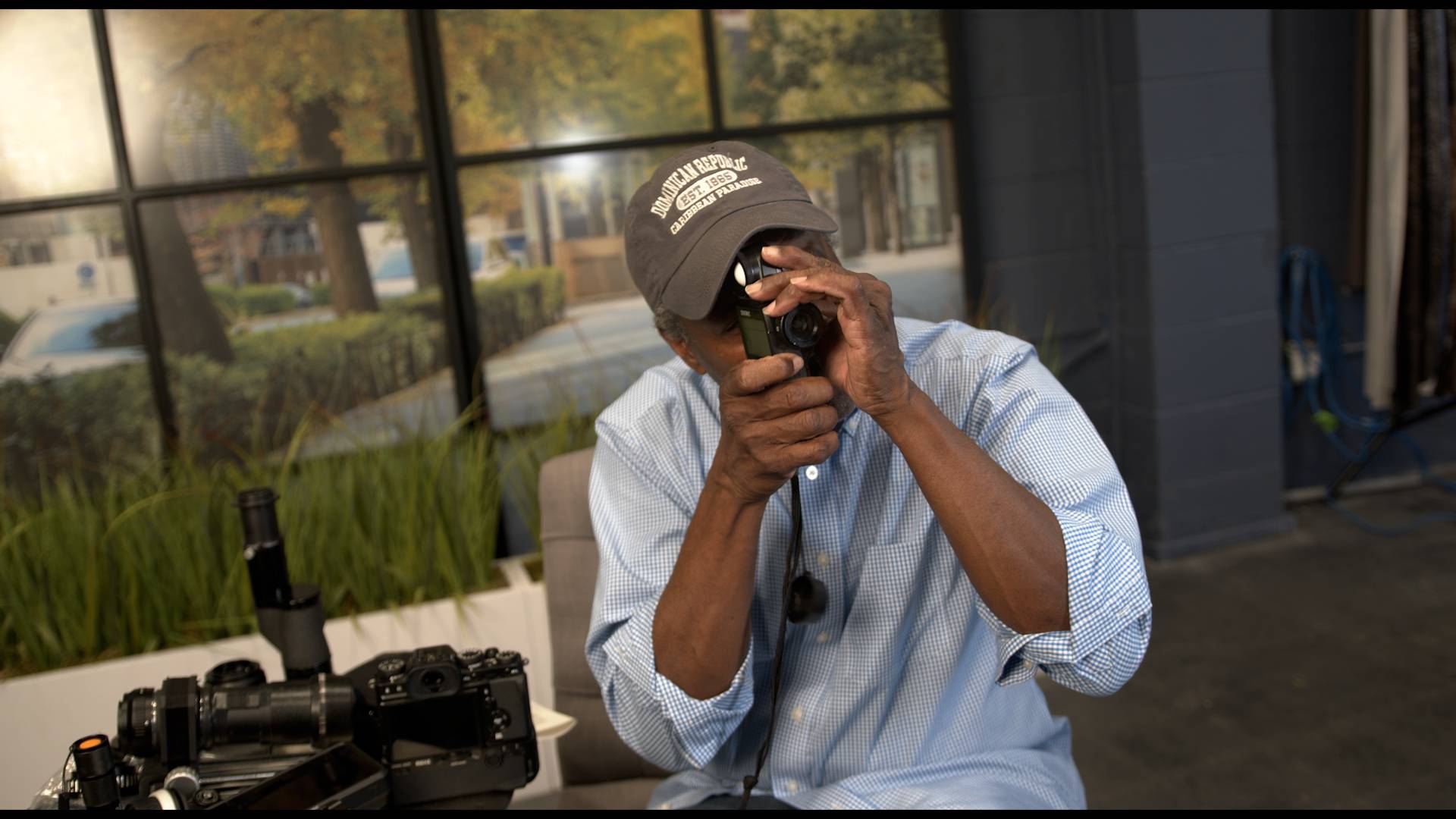
Many people starting in cinematography may not consider the importance of having a light meter or colorimeter. They may claim that what they see on their monitor is what they’ll be getting.
Remember one thing: exposure is everything. Although you may see something one way, when you snap that shot or capture some video, you’ll notice your levels are all off!
It may have looked good in the camera, but the final result looks rough when you take it into the editing room.
For this reason, it’s essential to use a light meter and find hotspots in your framing. The colorimeter will help with maintaining an even temperature and will help you better control your exposure. In conjunction with your matte box, you’ll be able to capture breathtaking footage.
TIP #5 – Seek growth through experimentation
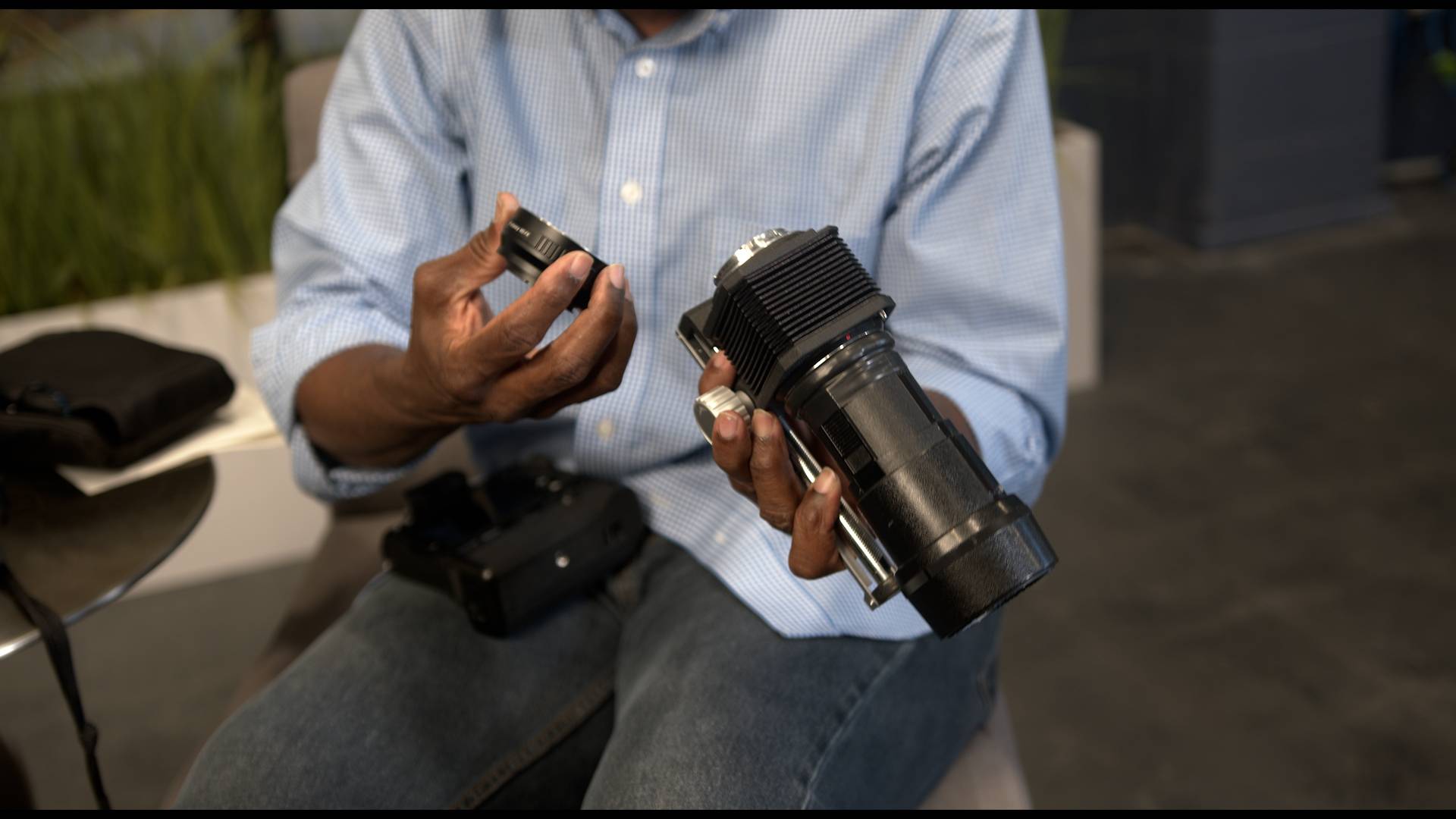
Growth as a cinematographer comes from experimentation and self-education, not just from being on set. If you try new things on your own, you may be surprised by the results and find it to be fun.
“You still have to educate yourself to understand all the variables of your camera and the different elements and effects of your equipment.”
In his free time, Elias experiments with macro photography. You don’t need a good lens for macro photography – purchasing a bellows for your camera can produce just as great of results.
With the bellows, you have added control of your lenses that can also create breathtaking results.
“My tip is to experiment! Go out there, and shoot crazy things. Through experimentation, you can discover what type of photographer, videographer, or cinematographer you are.”
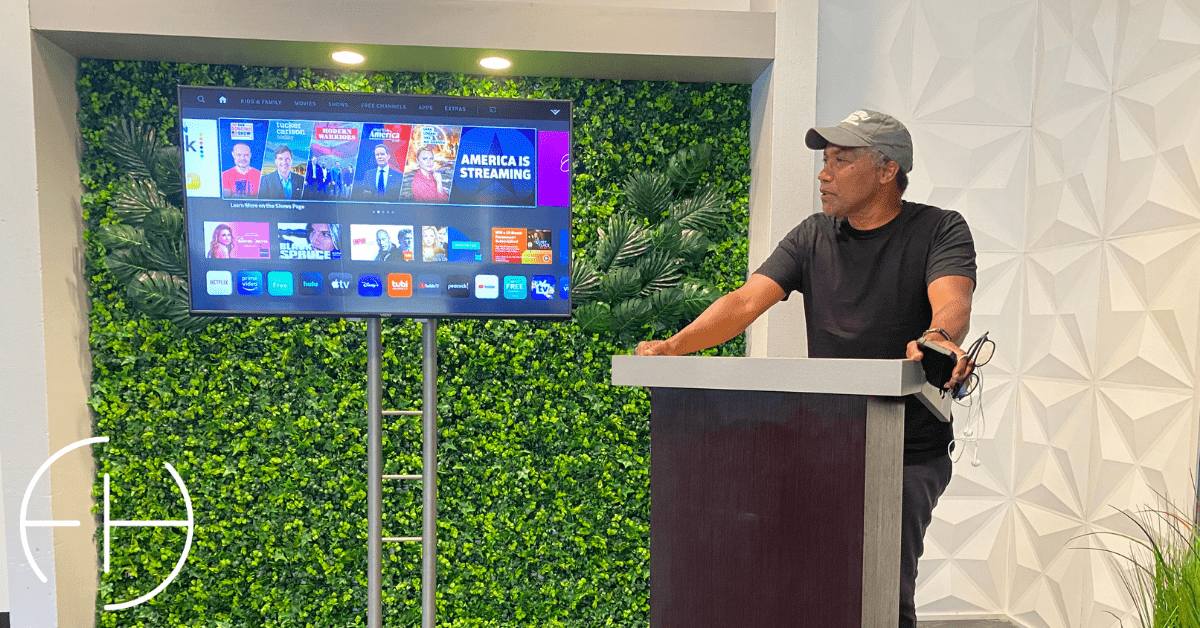
Growth is achieved through evaluation, observation, and experimentation, slowly improving your skills and fine-tuning your techniques until you capture that perfect shot.
Additional Insights
As an up-and-coming cinematographer, the best way to improve is through consistent practice. Continue to create problems in your head, grab a camera, and go out and solve them.
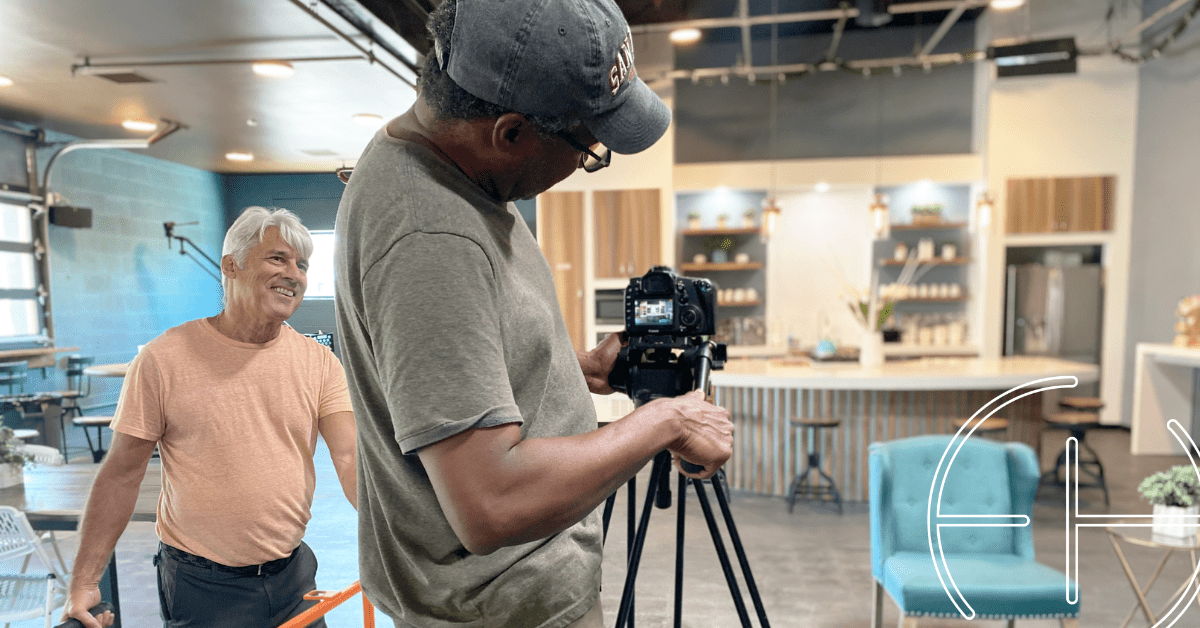
“That’s it, people you know, some of us, after 30 years in cinematography, we continue to experiment. I do that all the time. I go to my backyard, take the camera out and then try crazy things, but I have to try because I don’t like to be in a situation where I cannot solve it.”
And be mindful of your role and position in a film. As a cinematographer, you must bring the director’s vision to life. It’s a cinematographer’s responsibility to understand what the director wants and create those scenes.

